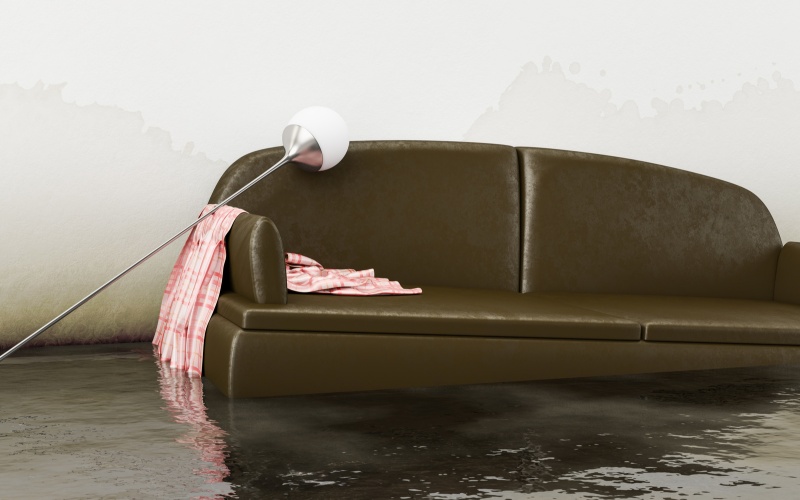Every homeowner eventually faces the need for a quick repair or improvement—and calling a contractor for every small issue isn’t always practical or affordable. That’s where a well-stocked toolkit comes in. Having the right tools on hand makes all the difference when handling everyday maintenance, emergency fixes, or weekend DIY projects.
If you're ready to take control of your home maintenance, here are the essential tools that every DIYer should own. These tools can help you tackle everything from leaky faucets to uneven shelves—and maybe even your next big renovation idea.
Claw Hammer
No toolkit is complete without a claw hammer. It’s one of the most versatile tools you’ll ever use.
-
Use the flat face for driving nails into wood.
-
The curved claw on the back is perfect for removing nails or prying boards apart.
-
Choose a hammer with a comfortable grip and a balanced weight for better control.
A 16-ounce claw hammer is a good starting point for general-purpose home use.
Screwdriver Set
Screws are everywhere in home construction, from furniture to light switches to cabinet hardware. A quality set of screwdrivers ensures you’ll always have the right tool for the job.
Look for:
-
A variety of Phillips and flat-head tips
-
Magnetic tips for ease of use
-
Comfortable, non-slip handles
Better yet, consider a multi-bit screwdriver or an electric screwdriver to save time and wrist strain during repetitive tasks.
Cordless Drill
A cordless drill is a game-changer for any DIY enthusiast. It speeds up work and gives you the ability to drill holes or drive screws into tough surfaces like wood, drywall, or metal.
Features to look for:
-
Lithium-ion battery for long life and lighter weight
-
Variable speed settings
-
A clutch to prevent overdriving screws
Add a basic set of drill and driver bits to make it even more versatile. Some drills also include hammering features for masonry tasks.
Tape Measure
Precision is everything in DIY. Whether you’re measuring wood before cutting or ensuring your shelf brackets are evenly spaced, a reliable tape measure is crucial.
Tips:
-
A 25-foot tape measure is ideal for most home projects
-
Look for one with a locking mechanism and durable blade
-
Choose a wide blade that doesn’t flop when extended
Don’t underestimate how often you’ll reach for this tool.
Utility Knife
From opening boxes to trimming carpet and drywall, a utility knife has countless uses around the house.
Choose one with:
-
A retractable blade for safety
-
Easy blade replacement
-
A comfortable grip for control
Always keep spare blades handy, as dull blades are dangerous and less effective.
Adjustable Wrench
Plumbing tasks and tightening bolts are much easier with an adjustable wrench. It replaces a whole set of standard wrenches and adapts to different bolt sizes.
When shopping:
-
Choose a sturdy wrench with a smooth adjustment mechanism
-
Get two sizes (6-inch and 10-inch) to cover a wider range of jobs
-
Make sure the jaws stay tight during use
It’s especially helpful when dealing with leaky faucets or assembling flat-pack furniture.
Pliers (Various Types)
A good pair of pliers gives you grip, strength, and precision where your hands fall short. Depending on your needs, several types may be useful:
-
Slip-joint pliers: General purpose, adjustable width
-
Needle-nose pliers: Perfect for tight spaces and electrical work
-
Tongue-and-groove pliers: Great for plumbing and gripping large objects
Rubber-coated handles help prevent slippage and fatigue during prolonged use.
Level
Nothing ruins a project faster than crooked results. A level helps ensure everything from picture frames to floating shelves are perfectly aligned.
Consider:
-
A 24-inch bubble level for most household tasks
-
A torpedo level for tighter spots
-
Laser levels for larger wall or floor alignment projects
It’s one of those tools you’ll appreciate more and more each time you use it.
Stud Finder
Mounting heavy items like mirrors or TVs? You'll want to find the studs behind your drywall to avoid damage and ensure safety.
A basic electronic stud finder detects wood and metal framing beneath walls. Some also detect wires to help avoid electrical hazards. It’s a must-have for serious wall-mounting projects.
Handsaw or Circular Saw
If you’re getting into more advanced DIY, cutting wood is unavoidable. While a circular saw speeds things up, a handsaw is great for beginners and light work.
Choose:
-
A crosscut handsaw for cutting across the grain
-
A back saw for fine woodworking and trim
-
A compact circular saw for fast, straight cuts
Always use proper safety gear, including eye protection and gloves, when operating power tools.
Allen Wrenches (Hex Keys)
Allen wrenches come in handy for furniture assembly, door handles, and various mechanical repairs.
-
Get both metric and imperial sizes
-
Look for a foldable set or a key-ring style for convenience
-
Ball-end versions make it easier to work at angles
They’re small, lightweight, and essential for a surprising number of tasks.
Caulking Gun
For sealing gaps in bathrooms, kitchens, windows, and doors, a caulking gun makes application smoother and more controlled.
Tips for use:
-
Choose a dripless model for cleaner finishes
-
Pair with silicone or acrylic latex caulk depending on the job
-
Practice on scrap material if you’re new to caulking
A good seal keeps moisture out and improves energy efficiency in your home.
Safety Gear
No DIY toolkit is complete without protection. Accidents can happen, and it’s crucial to protect yourself.
Must-have items:
-
Safety glasses to protect eyes from dust and debris
-
Work gloves for grip and hand protection
-
Hearing protection for loud power tools
-
Dust mask or respirator when working with insulation or sanding
Investing in safety gear is investing in your long-term health and confidence while working.
Tool Storage
Once you’ve collected all your tools, you’ll need a way to keep them organized. A well-designed toolbox or rolling cart keeps everything in its place and saves time during projects.
Features to look for:
-
Multiple compartments for easy access
-
Durable construction for long-term use
-
Portability for moving tools around the house or garage
Some DIYers also opt for wall-mounted pegboards for visual access and organization.
Having the right tools is the first step toward successful DIY home repairs. With a reliable toolkit, you’ll feel empowered to fix minor issues, maintain your property, and even take on creative home improvement projects.
You don’t need to buy everything all at once. Start with the basics like a hammer, screwdriver set, and tape measure, then build your collection as your skills and project list grow. Quality tools, when cared for properly, will last for years—and save you far more than they cost.
Whether you’re tightening cabinet handles or building a garden bench, the right tools give you the confidence and capability to get the job done.




